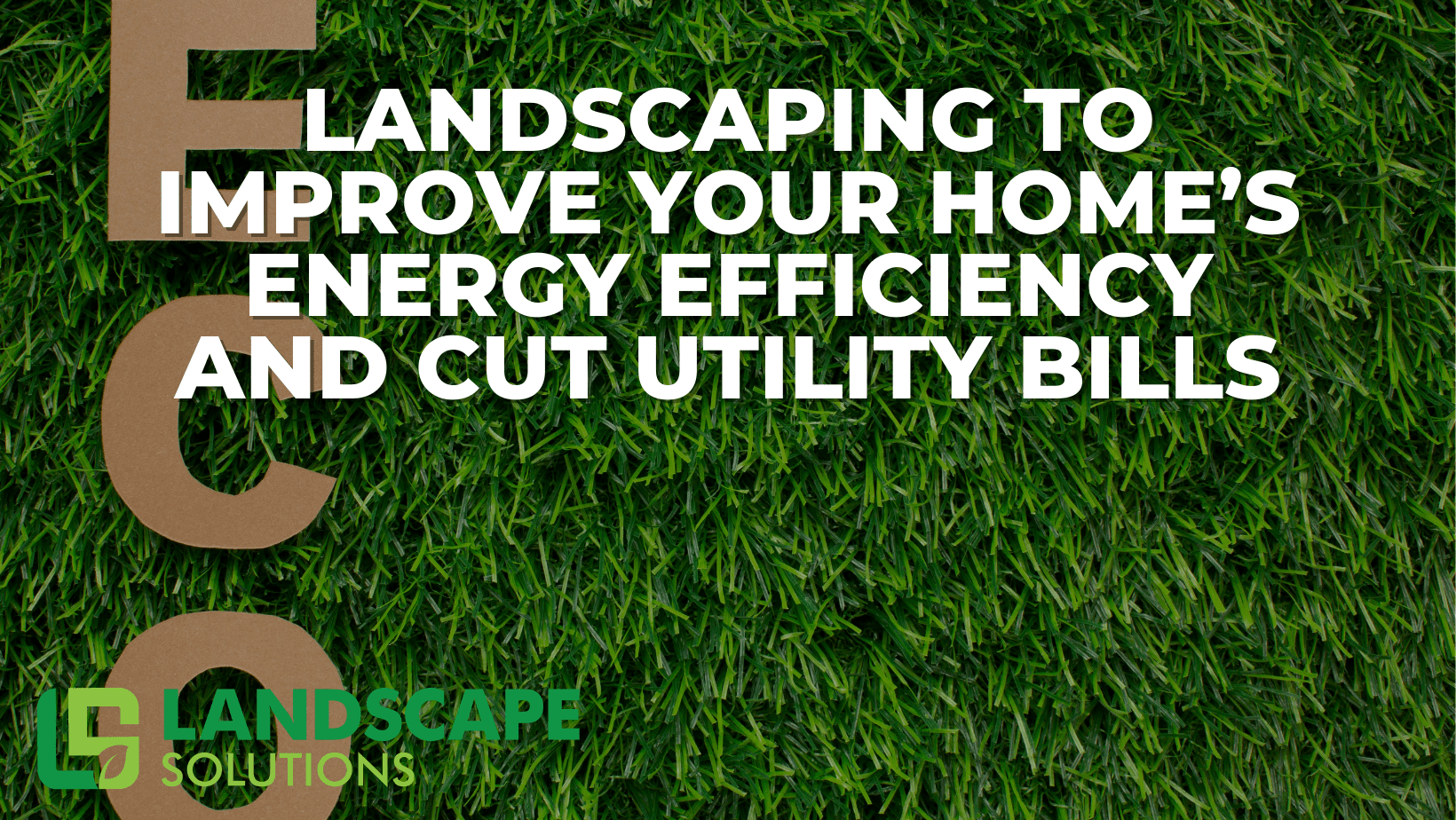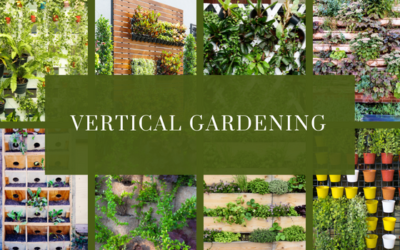
At Landscape Solutions, we believe that a well-designed landscape does more than enhance your home’s aesthetic appeal—it can also significantly improve energy efficiency and reduce utility bills. By strategically planning and implementing specific landscaping techniques, you can create a more comfortable living environment while conserving energy. Here’s how you can utilize landscaping to boost your home’s energy performance.
Understanding the Role of Landscaping in Energy Efficiency
Landscaping plays a crucial role in modifying the microclimate around your home. Through the thoughtful placement of trees, shrubs, and other landscape elements, you can influence factors such as solar heat gain, wind exposure, and air infiltration. This strategic approach can lead to substantial energy savings by reducing the demand on your heating and cooling systems.
Strategic Tree Placement for Optimal Shade
One of the most effective ways to lower cooling costs in the summer is by planting deciduous trees on the south and west sides of your home. These trees provide shade during the hottest parts of the day, reducing indoor temperatures and easing the load on air conditioners. In winter, when the trees shed their leaves, they allow sunlight to penetrate and warm your home, offering passive solar heating benefits.
According to the U.S. Department of Energy, well-placed trees can reduce a household’s energy consumption for heating and cooling by up to 25%. By investing in strategic tree placement, you not only enhance your property’s beauty but also achieve significant energy savings.
Creating Windbreaks with Evergreens
To combat cold winter winds that can increase heating costs, consider planting evergreen trees and shrubs on the north and northwest sides of your property. These natural windbreaks act as barriers, reducing wind speed and subsequently decreasing heat loss from your home. The reduction in wind chill near your residence can lead to lower heating requirements, making your home more energy-efficient during the colder months.
Incorporating Insulating Vines and Groundcovers
Vines and groundcovers can serve as natural insulators for your home. Climbing vines grown on trellises or directly on masonry walls can create a layer of air between the plant and the wall, providing additional insulation. This natural barrier helps in reducing both heat gain in the summer and heat loss in the winter. Groundcovers, on the other hand, can stabilize soil temperatures and reduce heat reflection, contributing to a cooler microclimate around your home.
Utilizing Mulch for Soil Temperature Regulation
Applying mulch around plants and garden beds is a simple yet effective way to regulate soil temperature. Mulch acts as an insulating layer, keeping the soil cooler in the summer and warmer in the winter. This temperature regulation reduces the stress on plants, leading to healthier growth and less reliance on supplemental watering, thereby conserving water and energy.
Implementing Xeriscaping for Water Conservation
Xeriscaping involves designing landscapes that require minimal irrigation by using drought-tolerant plants and efficient watering systems. This approach not only conserves water but also reduces the energy needed to pump and distribute water, leading to lower utility bills. Incorporating native plants adapted to local climate conditions can further enhance the efficiency of a xeriscaped garden.
Shading Air Conditioning Units with Shrubs
Planting shrubs or small trees around your air conditioning unit can provide shade, improving the unit’s efficiency by up to 10%. However, it’s essential to ensure that plants are placed at an adequate distance to allow proper airflow and maintenance access. This simple strategy can enhance your AC’s performance and extend its lifespan, contributing to energy savings.
Choosing Light-Colored Hardscaping Materials
Hardscaping elements like patios, walkways, and driveways can influence your home’s energy efficiency. Opting for light-colored or reflective materials for these surfaces can reduce heat absorption, lowering the surrounding temperature and decreasing the heat island effect. This choice leads to a cooler environment around your home, reducing the need for air conditioning.
Installing Green Roofs for Added Insulation
Green roofs, covered with vegetation, provide excellent insulation, reducing heat gain in the summer and heat loss in the winter. They also absorb rainwater, reduce runoff, and improve air quality. While installing a green roof requires an initial investment, the long-term energy savings and environmental benefits make it a worthwhile consideration.
Incorporating Water Features Mindfully
While water features like ponds and fountains can enhance the aesthetic appeal of your landscape, they should be designed thoughtfully to avoid increasing humidity levels around your home, which can affect cooling efficiency. Using recirculating pumps and positioning water features away from the home’s foundation can mitigate potential issues and add to your landscape’s beauty without compromising energy efficiency.
Consulting with Landscape Professionals
To maximize the energy efficiency benefits of your landscaping efforts, it’s advisable to consult with professionals who specialize in sustainable landscape design. At Landscape Solutions, we offer expert guidance tailored to your property’s unique characteristics and your energy efficiency goals. Our team can help you implement strategies that not only enhance your home’s curb appeal but also contribute to significant energy savings.
Conclusion
By thoughtfully designing your landscape with energy efficiency in mind, you can create a more comfortable living environment and reduce your utility bills. From strategic tree placement and windbreaks to incorporating insulating plants and choosing appropriate materials, each element plays a vital role in enhancing your home’s performance. Embracing these landscaping strategies not only benefits your wallet but also contributes to environmental sustainability.
Contact Landscape Solutions Today
Ready to transform your landscape into an energy-efficient haven? Contact Landscape Solutions today at (615) 852-5009 or visit our website at landscapetn.com to schedule a consultation. Our team of experts is dedicated to creating beautiful, sustainable landscapes that improve your home’s energy efficiency and reduce utility costs. Let us help you achieve a greener, more cost-effective future.



